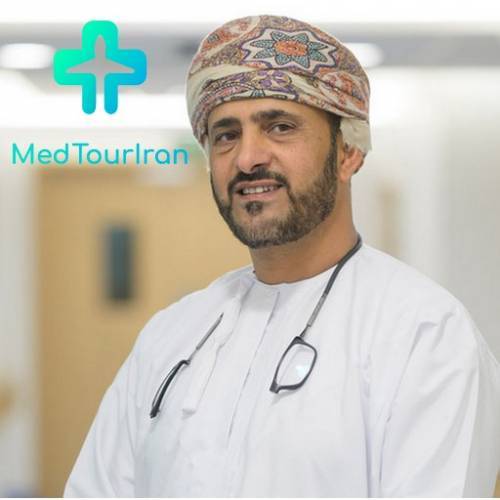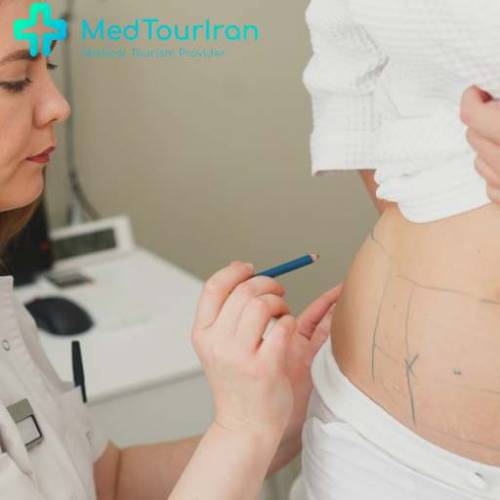

The name of macular degeneration refers back to the macula, which is a dark spot in the central area of the retina in the back of the eye, which is responsible for clear and detailed vision. So everything that you are looking at, while focusing on a specific letter in a text, for example, you are using that part of your retina.
When macular degeneration happens, it means that the photoreceptor cells in the macula are starting to degenerate and die off slowly; therefore, it causes changes in central vision. Photoreceptors are the specialized cells that stimulate biological processes by converting light into signals (visual phototransduction). Age-related macular degeneration can lead to lasting vision loss and even blindness.
Age-related Macular degeneration is getting more prevalent as the population of the world is getting older. In 2010, 2.1 million people were diagnosed with macular degeneration. From 2010 to 2050, the number of people with AMD will more than double, which means that the number of patients will reach 5.4 million. Even though when we hear the phrase "age related," our mind immediately goes to people in their 70s or 80s, there have been many people diagnosed with age-related macular degeneration even in their 50s.
The exact cause of AMD is still unknown. macular degeneration will present itself through different ways, and what happens is that the acuity of vision is lost, and dark spots will appear in the center of the vision. Straight lines will become distorted or curved, and colors will appear less vivid or darker. One of the most immediate symptoms of age-related macular degeneration is the loss of night vision.
There are two different types of AMD known:
Dry age-related macular degeneration: it happens the yellow pigmented protein creates Drusen on the back of the eye. The progress of dry AMD is very slow, and usually, it is not associated with complete vision loss. But it can convert to wet at any time, even within a few days.
Wet age-related macular degeneration: it is the more severe form of AMD that progresses very quickly. Behind the retina, there is a structure called Bruch's membrane. Bruch's membrane is a Multi-layered structure which consists of the RPE basement membrane and the inner and outer collagenous layers with an elastin layer between them. Behind that layer, there is a layer of blood vessels called choroids. The choroid supplies nutrition to and helps support the layers of the retina.
When macular degeneration starts to proceed, the Bruch's membrane gets brittle and weak, and the blood vessels in the choroid start to grow into the retina itself. It is like when the roots of a tree, grow into the foundation of a house, which will cause serious destruction to the house. The same thing happens in wet macular degeneration. The blood vessels, get fragile and start to break and leak into the back of the eye and into the eye and, either within the retina or behind the retina starts to bleed.
In the case of dry macular degeneration, the treatment largely revolves around vitamins and lifestyle changes. On the other hand, Wet macular degenerations need injections. As scary as that might sound, your eye will be numbed so you will not feel anything, and you will look away, so you will not see the needle coming towards your eye. These injections are a significant help for improving and helping the status of the eye.
Usually, Injections have to be done every six weeks until some improvement is spotted or the condition is stabilized. These injections have revolutionized a lot of treatments in eye care and they help a lot. They can make the blood vessels that have leaked into the eye to recede and be resorbed into the eye.
The sooner the treatment takes place in macular degeneration, the visual outcome will be better. If you are diagnosed with macular degeneration, your eye doctor will likely give you a vision screener that you can use at home, which you can use instead of calling them when you see a change. This screener is called an Amsler greed. It creates a twenty-degree angle from your central vision, and you have to stare at the central dot, if the lines start to seem bent, wavy, or distorted, that means that your vision is changing and that your doctor needs to see you right away.
Six risk factors of AMD and the prevention methods are:
1) Age: If you are over 50 years old, you are developing a high risk of macular degeneration. If you are under the age of 50, and your doctor sees symptoms that are similar to macular degeneration, he will most likely tell you that you have a different disease.
2) Genetics: If age-related macular degeneration runs in your family, you have a higher risk of developing age-related macular degeneration. There are genetic studies that have specifically targeted certain types of genes that are associated with AMD in general and more severe forms of this disease specifically. Some newer studies found out that if one does a genetic test for age-related macular degeneration, they could recommend types of vitamins that may be more beneficial than generic eye vitamins.
3) Smoking: Smoking is very significant for the development of age-related macular degeneration. Many studies have shown that smoking is the number one modifiable risk factor that you can act on in order to reduce your chances of getting macular degeneration or reduce the chances of it getting worse. If you are someone who smokes 2 packs a day, you have a higher risk than someone who smokes 2 cigarettes a day. Therefore, even reducing the amount of daily use, can reduce the risk suggestively of macular degeneration.
4) Low dietary antioxidants: people who do not use foods and vegetables with a high amount of antioxidants are more prone to developing age-related macular degeneration.
5) High cholesterol and high BMI: if you are not exercising regularly and are not eating healthy food, your chances of getting age-related macular degeneration is going up every day.
6) Low dietary Omega-3 and sunlight exposure: People who eat more dietary sources of omega 3 have reduced the chances of developing age-related macular degeneration. Moreover, using sunscreen and standard sunglasses for protecting the eye and the skin around the eye is always recommended by eye specialists.
MedTourIran is a health tourism company that works with the Best eye specialist doctors in Iran. The eye care and eye surgery procedures that MedTourIran offers ore done in the best hospitals in Iran. Iran’s medical tourism in MedTourIran supports you in every possible way. From free consultation, visa, transfer and accommodation, to pre- and post-operative care, treatment, and follow-up with the most reasonable prices in comparison to any other country and any other health tourism company. Therefore, you will have nothing to worry about and can focus on your health only.
Read more:

22 Jun 2020

18 Jun 2020

16 Jun 2020

15 Jun 2020

27 May 2020

12 May 2020